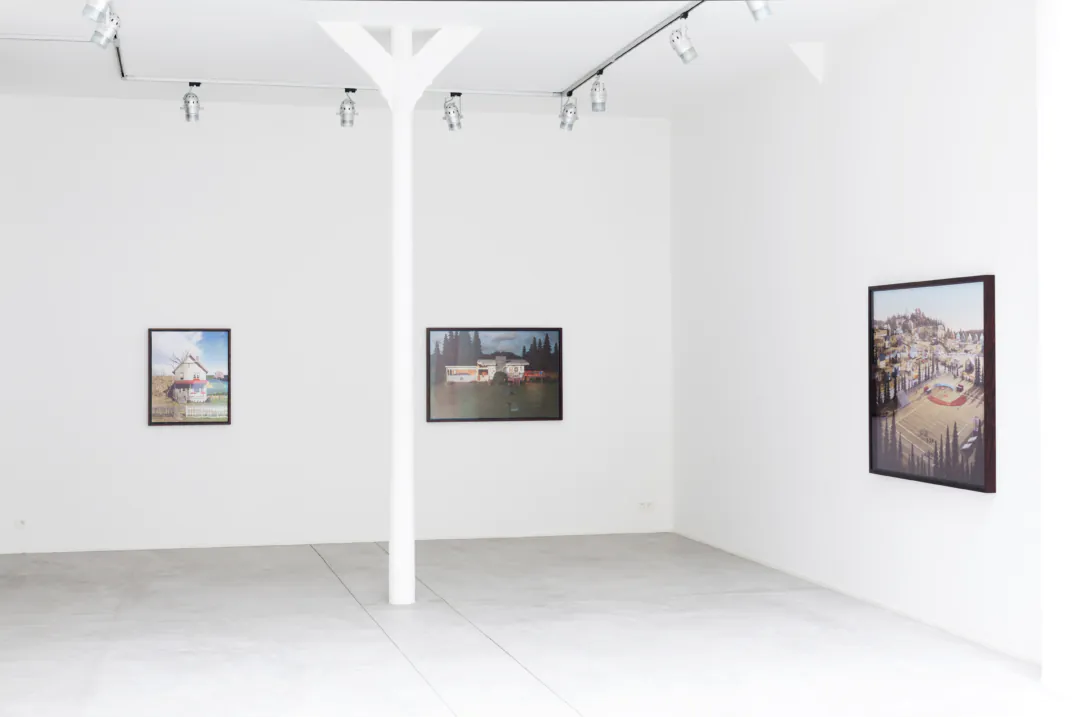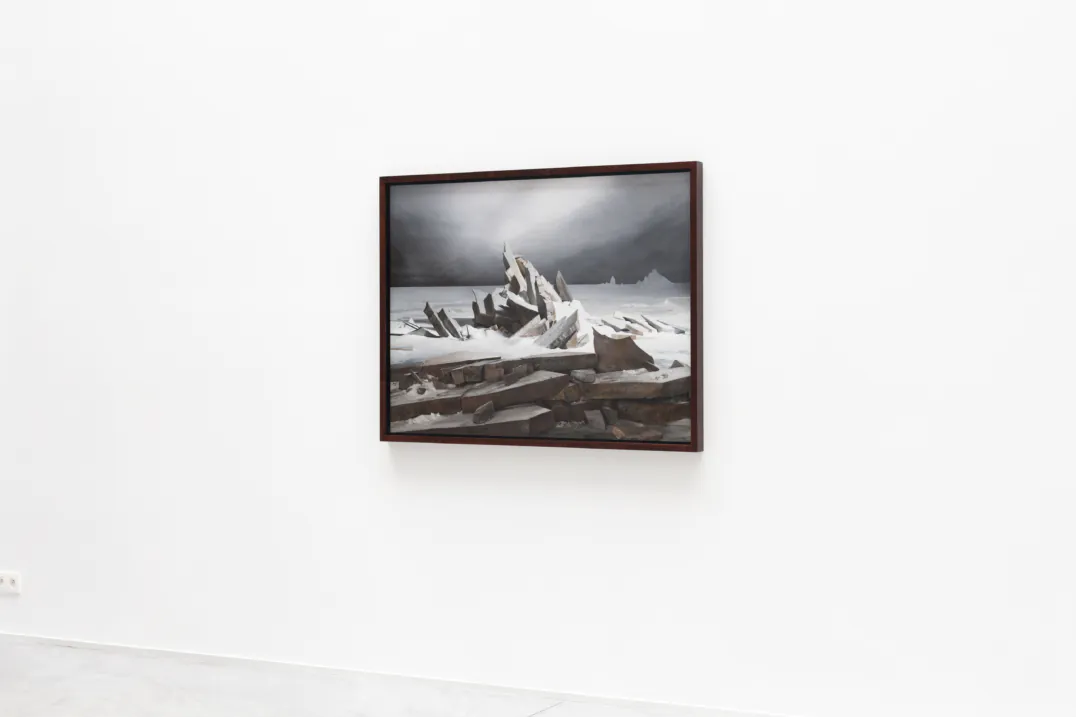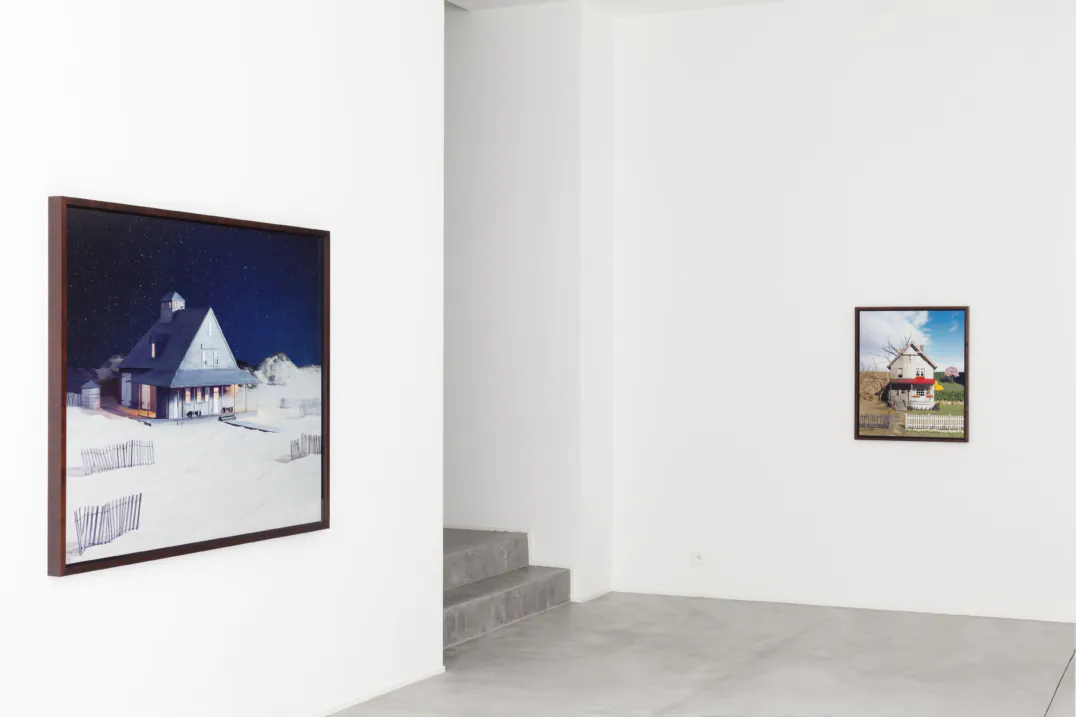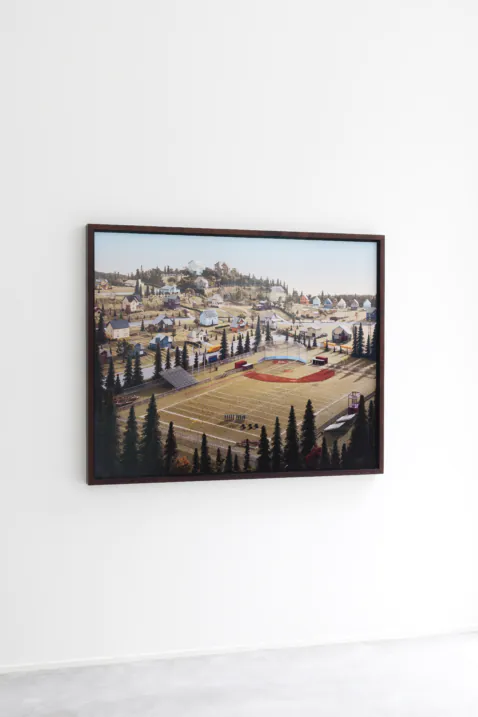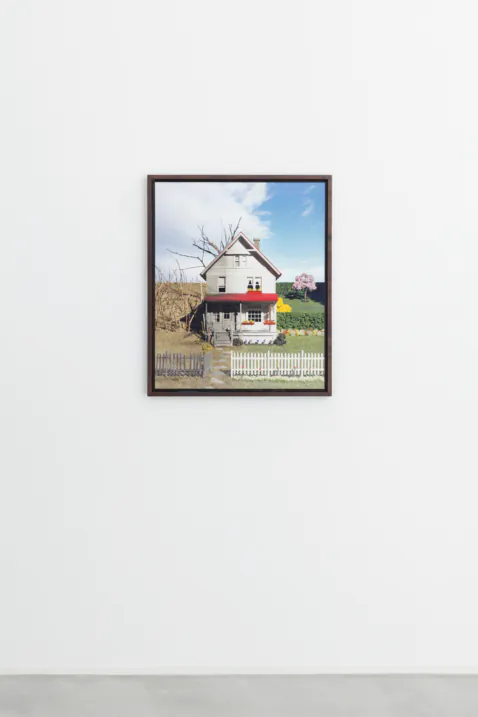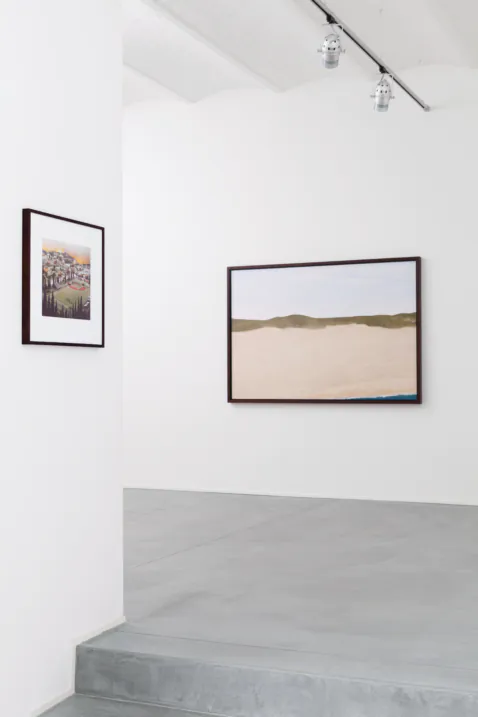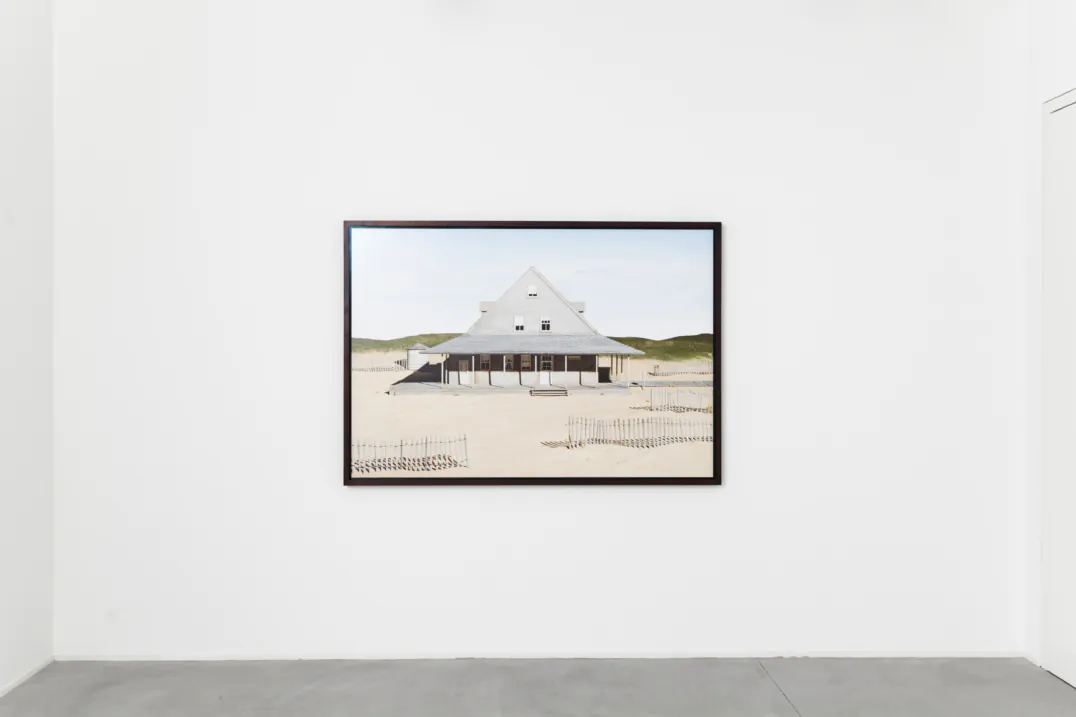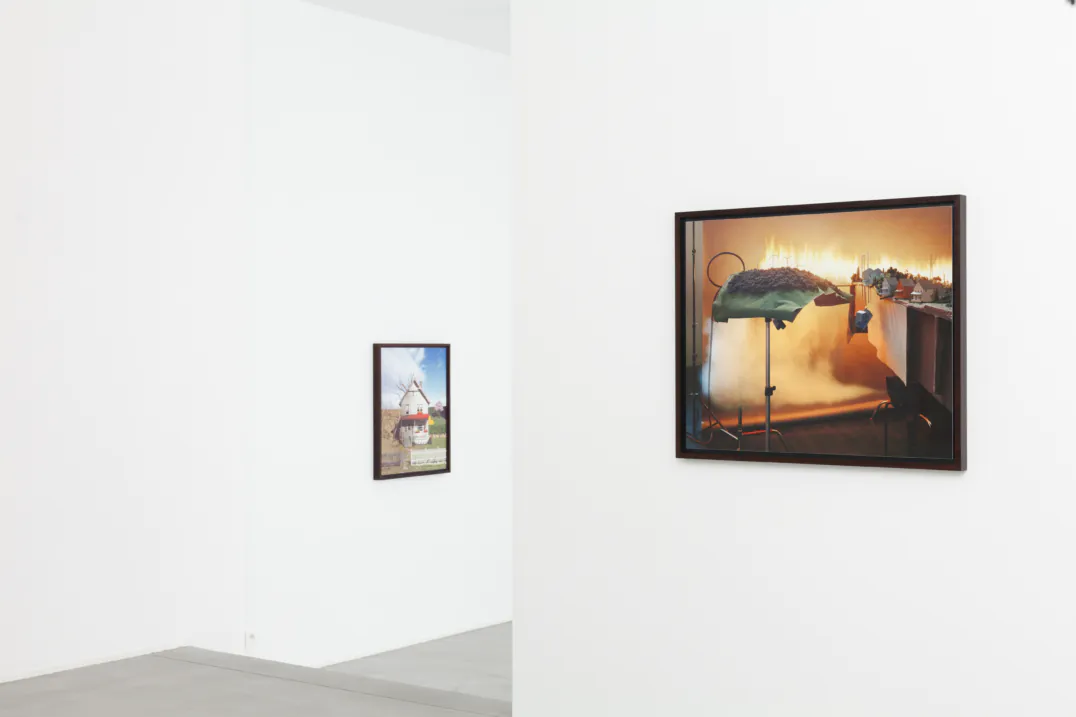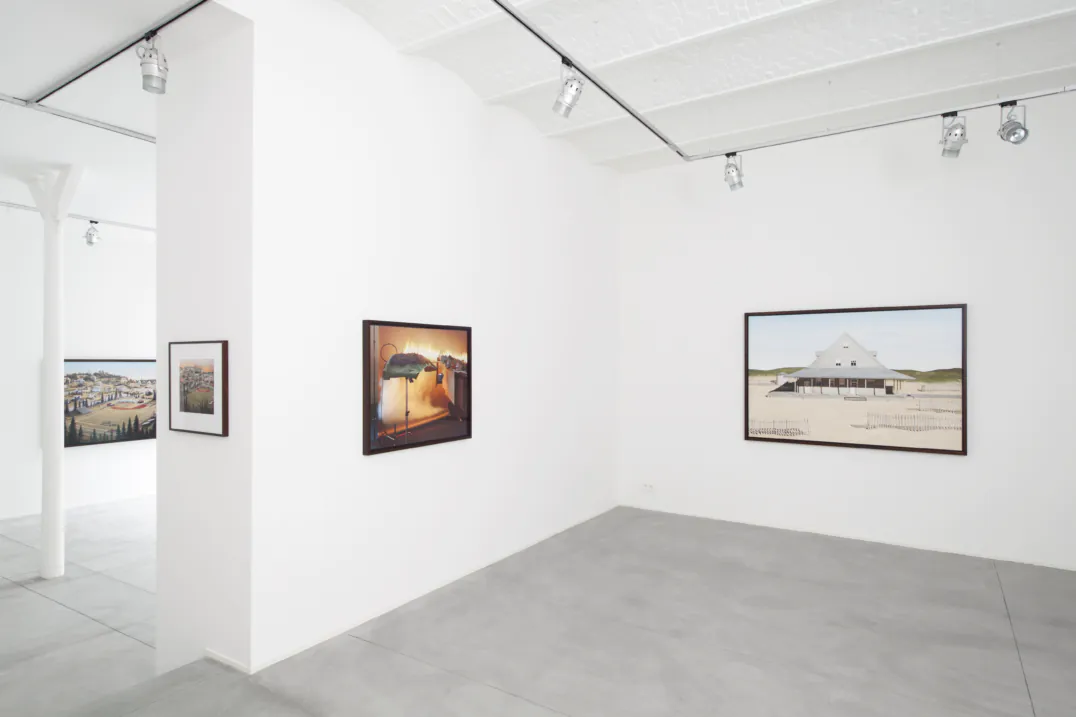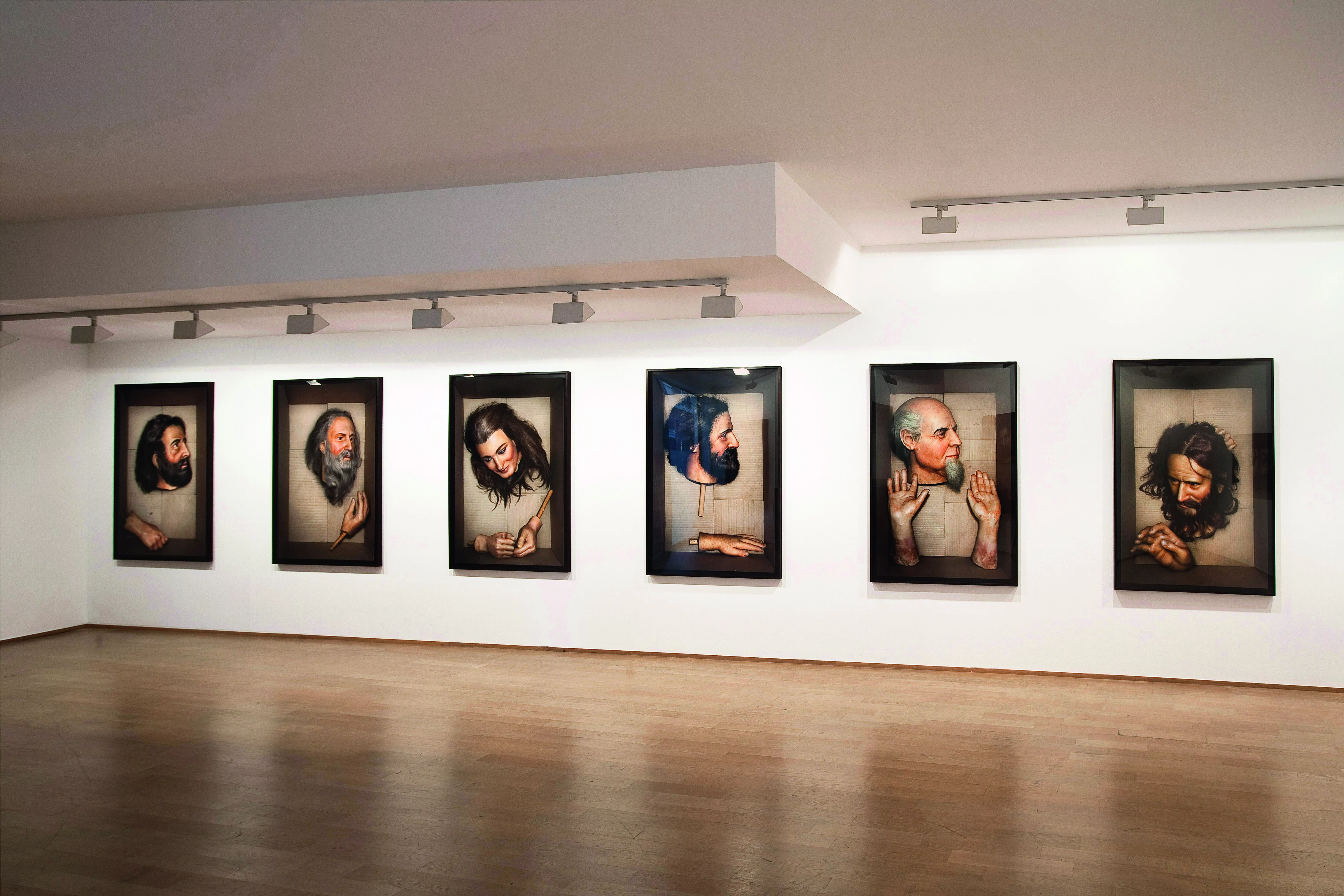
James Casebere
New Works
For his first exhibition in Brussels, American photographer James Casebere is showing his latest and previously unseen work at Galerie Templon. The new work draws its inspiration from climate change and the threat of environmental disasters.
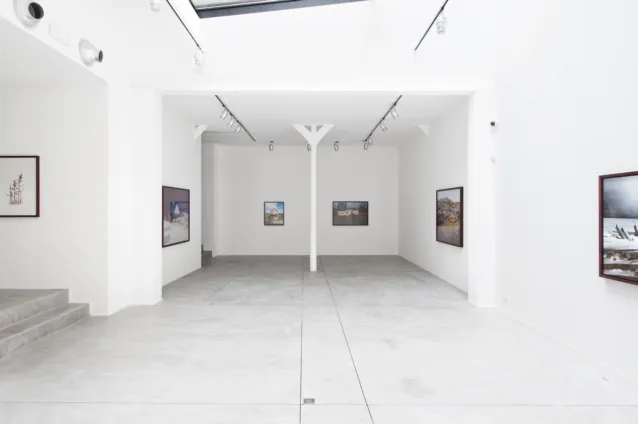
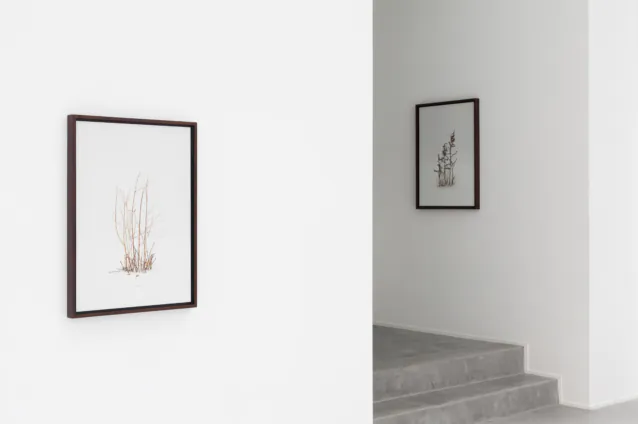
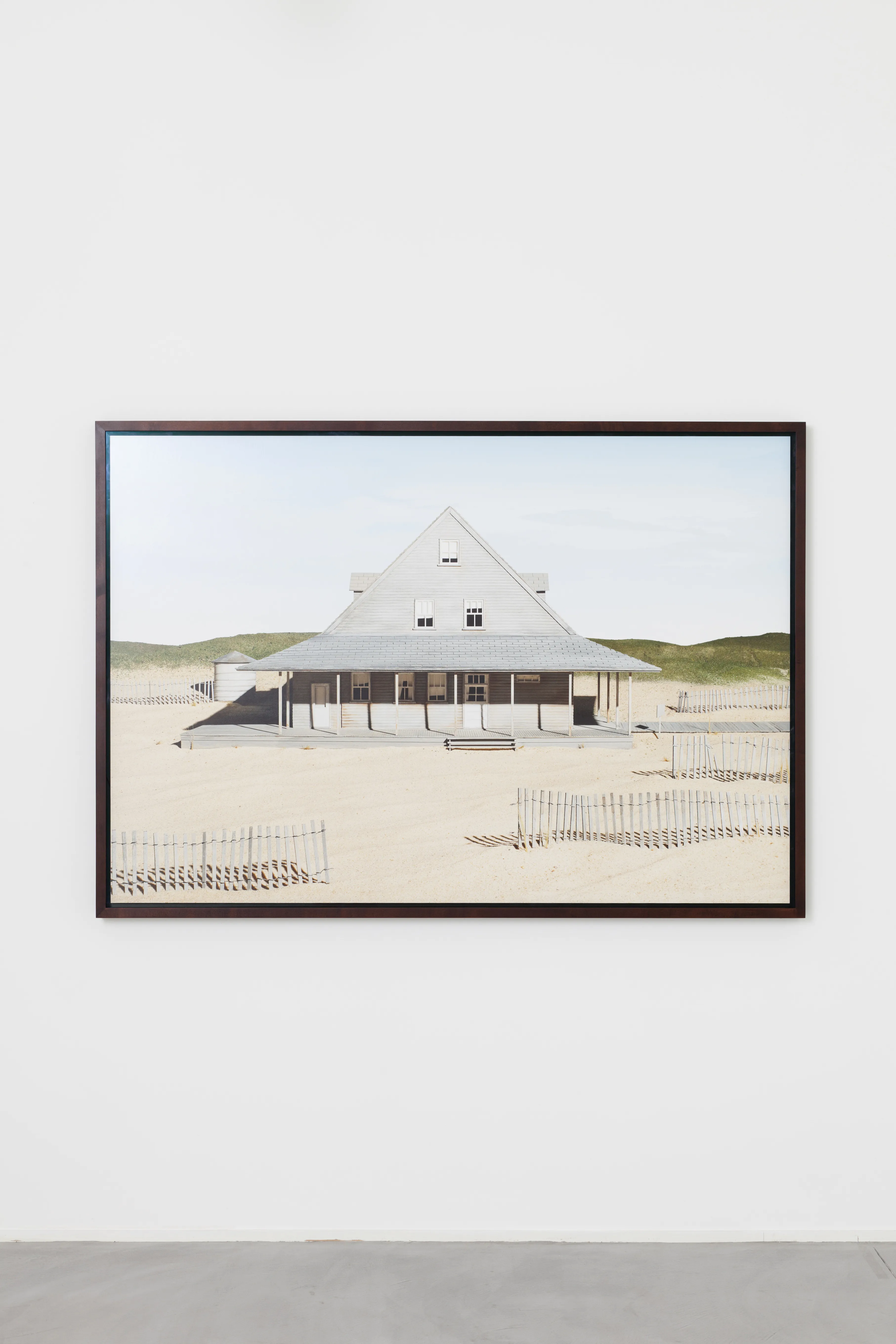
His colour photographs depict American landscapes, those vast spaces where land, forest and sea meet in places such as the Californian coast and North Carolina. Isolated architectural structures stand in the midst of these places where nature reigns apparently unchallenged. Sometimes private dwellings, sometimes public buildings, they are the stamp of human activity and the symbol of its fragility. While giving full rein to his response to the vastness of these natural surroundings, James Casebere continues his examination of the home as the utopian symbol of contemporary American society. James Casebere’s photographs are the fruit of a painstaking working process in the studio that starts with devising the models and ends with a highly complex lighting design.
By asking us to consider a world made of scale models, Casebere shines a light on the vulnerability of the grandiose spectacles that nature offers and of the current model for economic growth. Rooted in his love of architecture, and nourished by cinematographic sources, James Casebere’s pioneering work has, for the past twenty-five years, placed him at the forefront of artists working with staged photography whose other prominent exponents include Jeff Wall and Gregory Crewdson. Casebere works with the ambiguity of photography and human geography to create a politically inspired body of work. In 2005, his work looked at relationships between Western and Eastern worlds. In 2008, his focus was on America’s secret military prisons. The 2010 series, Landscape with Houses, took America’s subprime crisis as its subject.
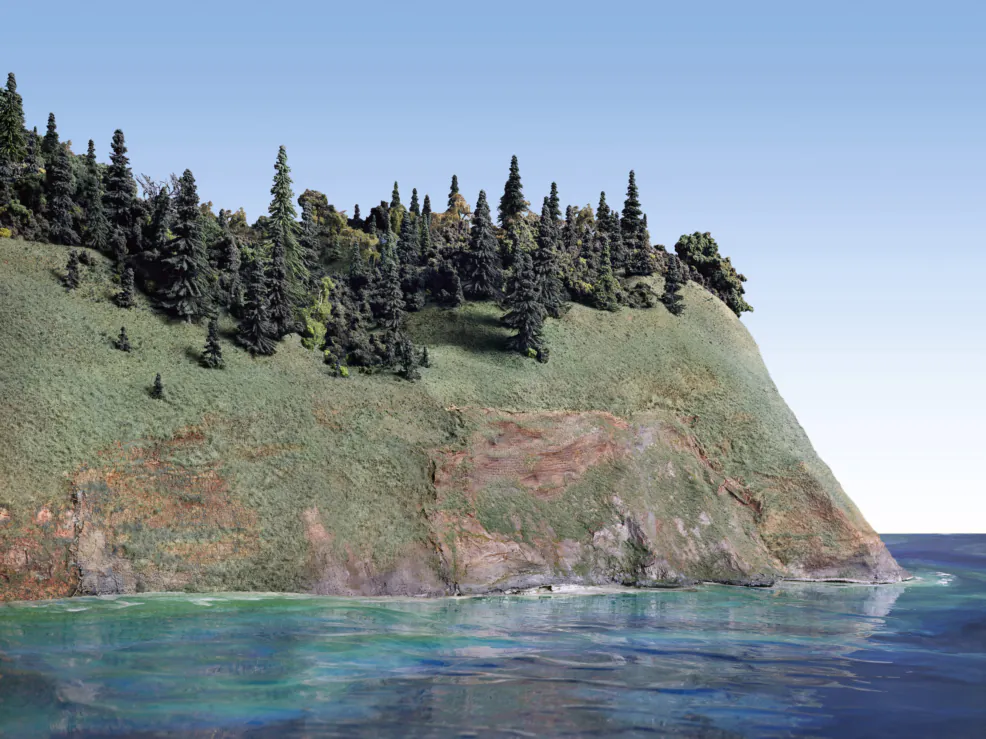
Big Sur
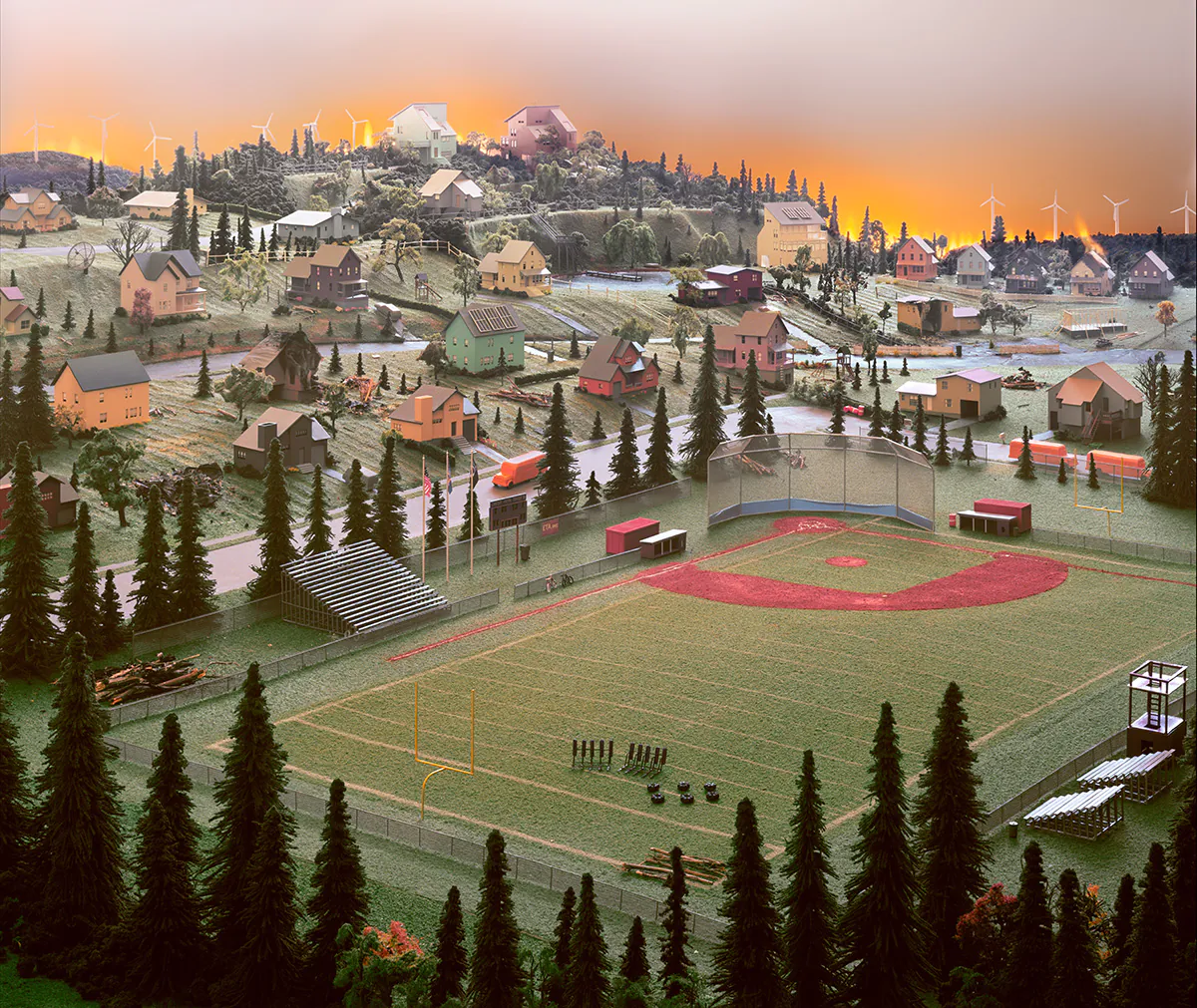
The artist
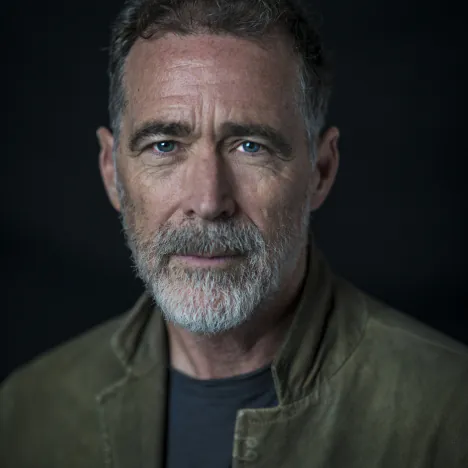
Born in 1953 in Michigan, USA, James Casebere lives and works in New York. The work produced by this pioneer of staged photography is a poetic commentary on our society, never referring to a clearly identifiable reality. The artist works using models, imaginary and standardised reconstructions of familiar buildings that he painstakingly creates in his studio then uses as the basis for his photographs. His images can have a paradoxical effect, their visual beauty often arousing feelings of discomfort and emptiness.
